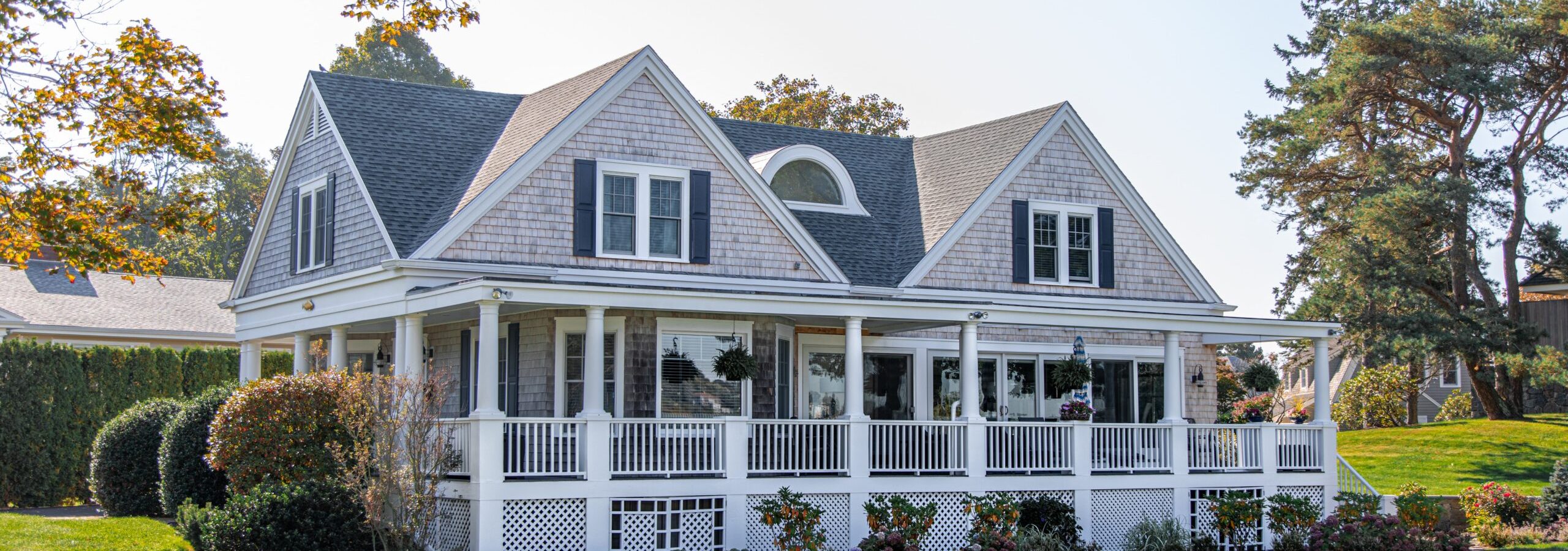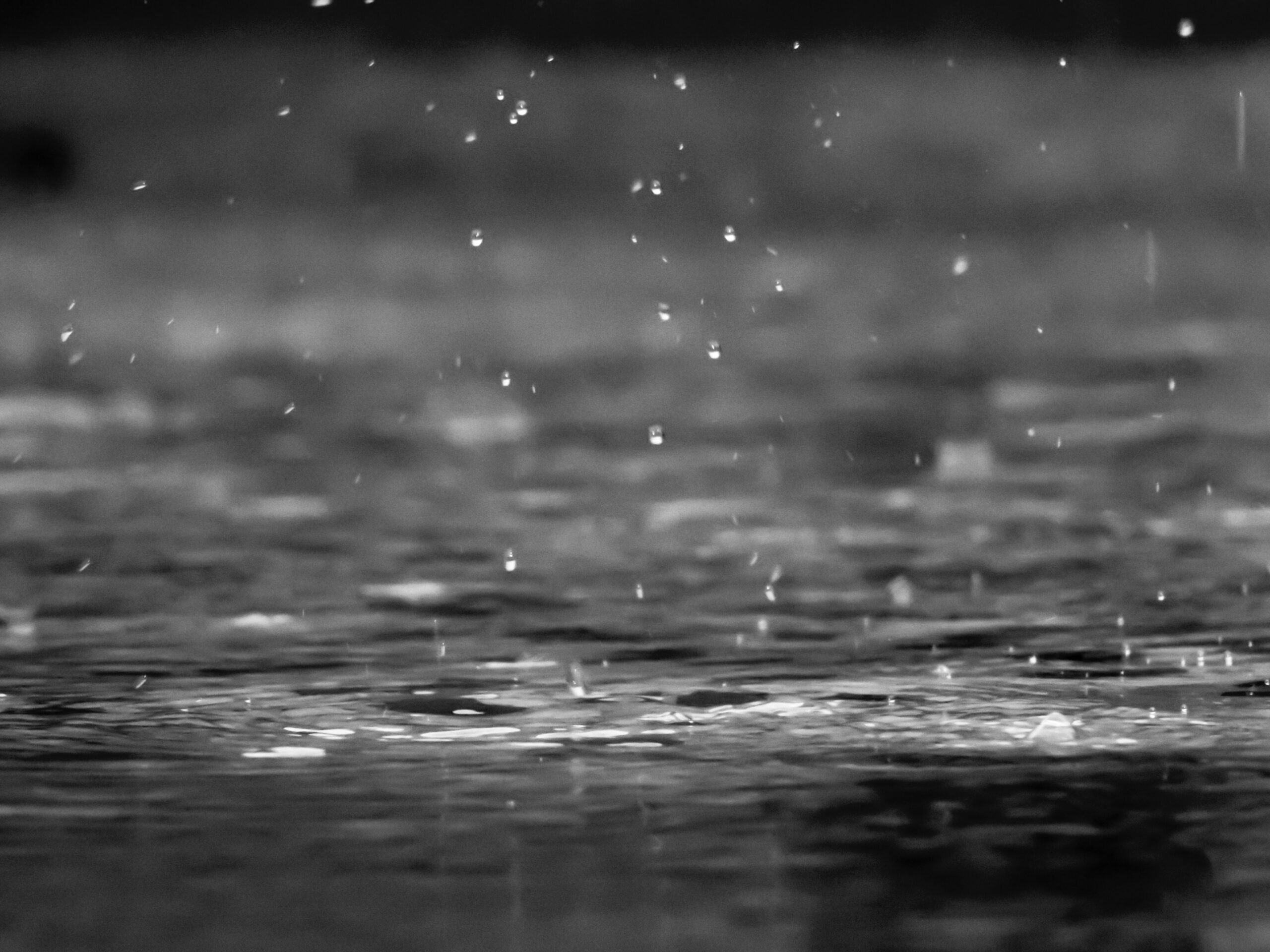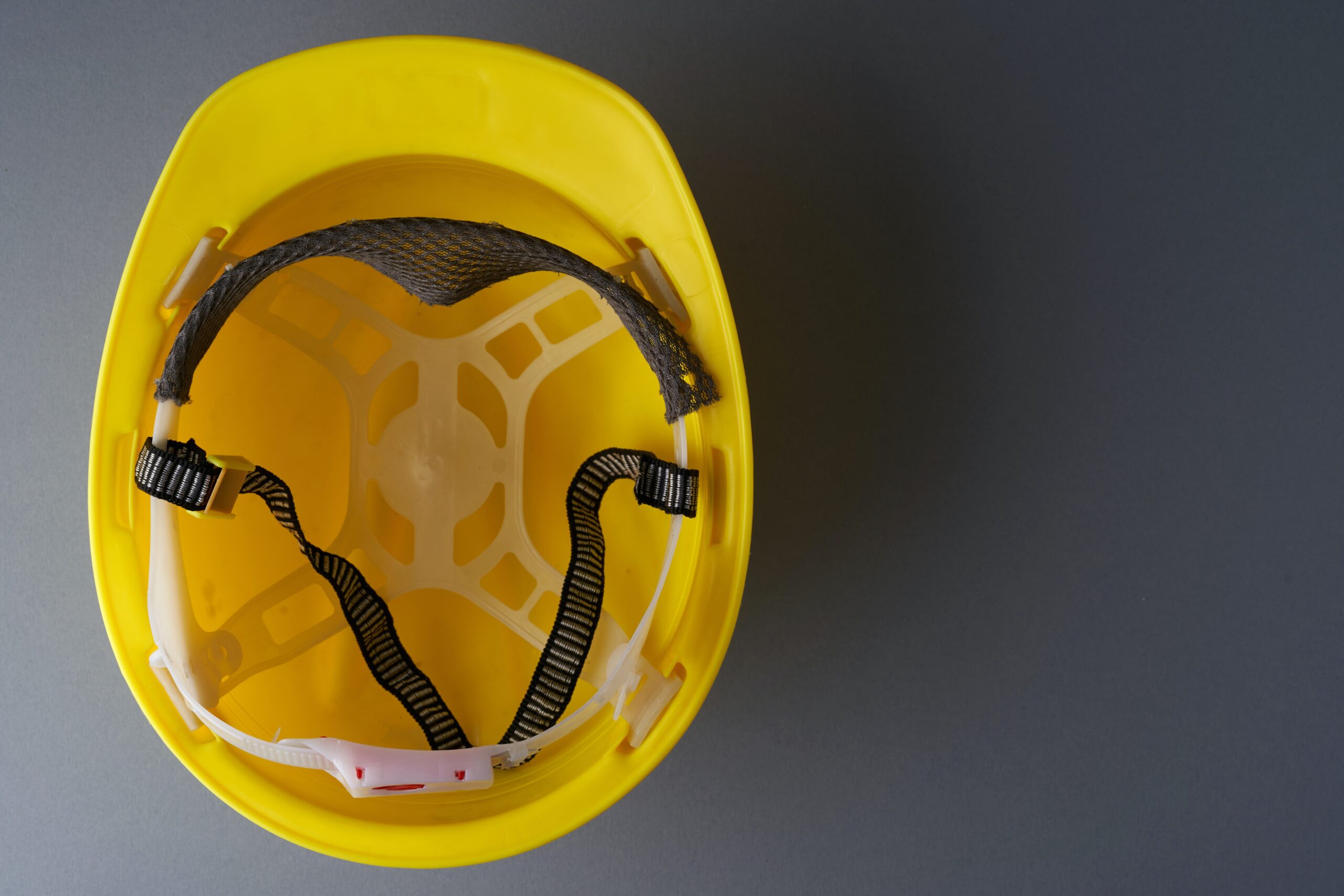If you’re a homeowner, then you know that there can be a lot of things to worry about when it comes to your house. One of the most important parts of your house is its roof. A good roof will protect your home from the elements and keep you and your family safe and dry. One key part of any roofing system is flashing. In this article, we’ll explain what roof flashing is, where it goes on your roof, and what it’s made out of. Let’s get started!
What is flashing?
Roof flashing is a thin sheet of metal that’s used to waterproof key points in a roofing system. It helps to direct water away from areas of the roof that could be damaged by water exposure. These places are areas where the shingles or other roofing materials do not cover.
Where does flashing go on a roof?
Flashing is typically placed around areas where the roofing material meets up with a different material like a wall, chimney, or vent. This is because these are typically places where water can enter the roof system and cause damage. Some common places that you’ll find flashing on a roof are around skylights, chimneys, vents, valleys, and edges.
Skylights
A skylight is basically a window on your roof. With that in mind, the frame of the skylight creates an opportunity for water to seep into the roof. Skylights are often built with raised wood curves to leave room for flashing. Some skylights even come with flashing built-in. Whether the flashing is pre-attached or not, it’s vital that skylights have flashing around them to protect your home.
Chimneys
The places where the shingles meet the chimney are notorious for causing leaks in roofs. If you have a chimney on your roof, it’s important to install flashing around it to keep water from entering the chimney and damaging the brick or mortar.

Vents
If your roof has vents, it’s important to install flashing around them to keep water from entering through or around the vents and causing damage. Regardless of whether they’re hood or pipe vents, flashing is needed to protect your roof from water damage.
Valleys
A valley is a place where two roofing surfaces meet at a downward angle. This is another part of a roof that’s notorious for being leaky. It’s important to install flashing in valleys to prevent water from seeping between the adjacent surfaces and causing damage.
Roof edges
Drip edge flashing is a type of roof flashing that helps to keep water from running down the edges of a roof and under the shingles. The installation of drip edge flashing is one way to tell if your roofer did a good job or not.
What is flashing made out of?
Flashing can be made out of a variety of materials. The most common materials used for flashing are aluminum, copper, and steel. Each of these materials has its own benefits and drawbacks. You can work with your roofing contractor to figure out which flashing material is best for your specific roof.
Aluminum
Aluminum flashing is a popular choice for roofing because it is lightweight and easy to install. Aluminum runs the risk of corrosion, so roofing contractors often coat the flashing with masonry and concrete to prevent this.
Copper
Copper flashing offers a long lifespan because it is highly durable. This metal is also easy to solder. One drawback of copper flashing is that it fades into a patina as it ages. This might not give your roof the appearance that you want.
Steel
When it comes to flashing, steel is the primary choice. Steel offers a sleek finish that is aesthetically pleasing. On top of that, it’s highly malleable so it’s easy to work with when installing flashing on the tricky parts of a roof. The steel used for flashing is galvanized to prevent corrosion.
Kirby Contracting | Your professional roofers
The folks at Kirby Contracting are your local roofing experts in southeastern Kentucky. With years of experience, we know all about flashing and every other part of a roofing system. We put this knowledge and experience to work on every project as we strive to give you the roof of your dreams. Call us today for a free quote on your roofing project!




